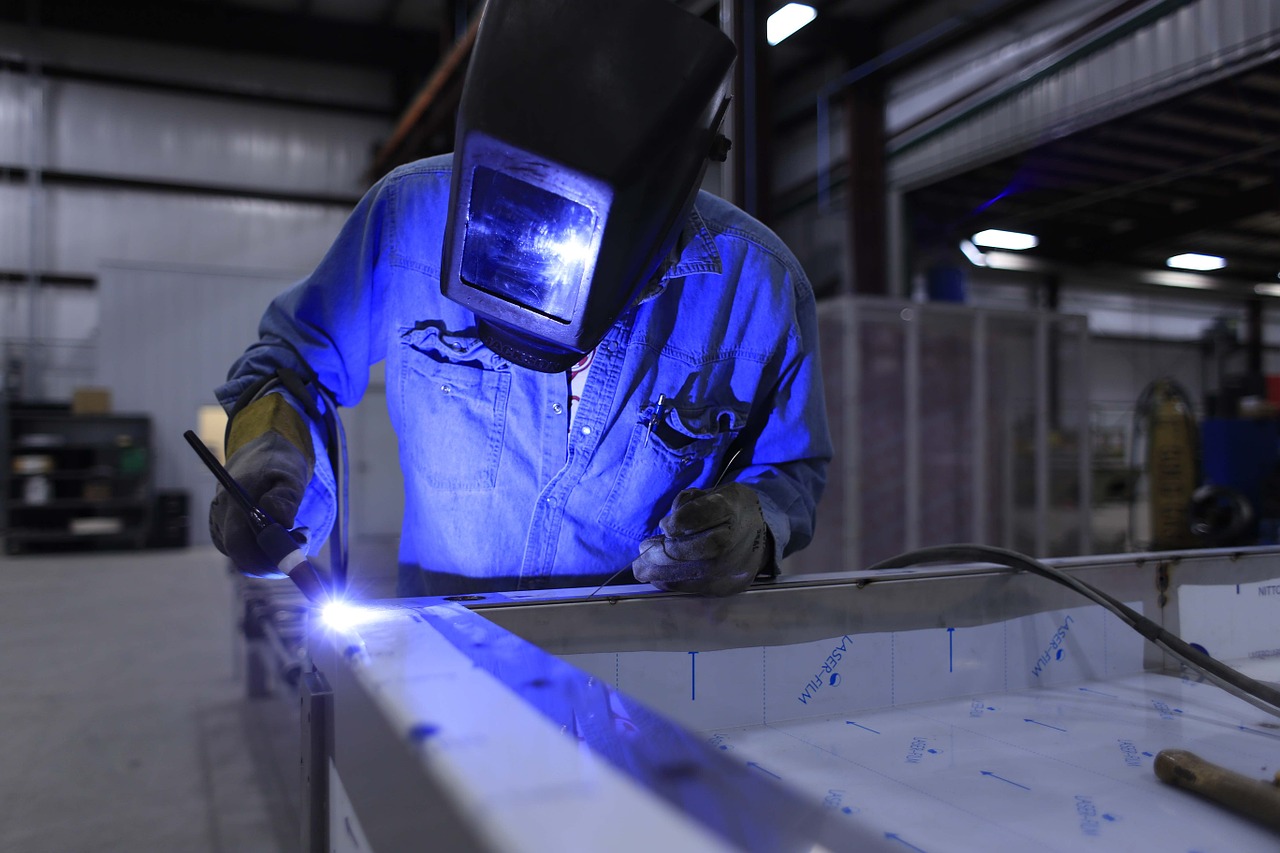
Many workers and indeed many members of the public at large have a deep mistrust of what has become widely (and not affectionately) known as “elf n’ safety”. The common perception seems to be that Health and Safety issues are an excuse for officials with clipboards to run around calling time on legitimate activities in order to justify the existence of their highly-paid jobs.
The British media has for several years fanned the flames of this with stories of faceless managers using H&S to stop kids from going on school outings or playing conkers without wearing goggles, prevent office workers from standing on desks to put up Christmas decorations and ban hanging baskets in case they fall onto a passing (non hard-hat covered) head.
But imagine a world with no Health and Safety rules. What if people working on our roads in the dead of night did not bother with reflective jackets and arc lighting? What if window cleaners at the top of long ladders never secured them for stability and never had anyone footing it? And what if trains were allowed to run at high speed with no safety checks on sub-standard tracks?
A national newspaper ran an article in 2014 decrying the Health & Safety at Work Act as being “A government act used by jobsworths to ban dodgem cars from bumping into each other…” before grudgingly accepting that over the 40 years in question, deaths in the workplace had dropped by a staggering 80%.
So what is the point of H&S and what can happen when it is ignored? The following cases all happened within the last five years:
- A teenage apprentice lost his life after falling from a dangerous scaffolding platform three storeys up. The practice of the workers was to drop rubble into a skip down below, with no lowering mechanism in place and without barriers in clear breach of H&S regulations. The company involved was fined £300,000 for failing to adhere to safety standards.
- A factory employee was unblocking a packing machine that regularly jammed and was caught up in the machinery, causing severe damage to his head and neck. The company was fined a significant amount as there was no means to effectively isolate the machine while jams were removed.
- A Local Authority in England was fined £20,000 when potentially fatal carbon monoxide leaked from a boiler in a community centre. The installation had not been sufficiently inspected by a qualified gas safety engineer within the specified timetable.
- A company had two fires on one of its sites during a month and was subjected to a fire inspection. It was found that they were still storing combustible materials without due care and that fire exits were blocked. The site was considered a potential death trap and this led to a massive fine for the company.
- An employee was awarded the sum of £40,000 compensation from his employer for a failure to provide him with suitable protective clothing in his work. He had not been issued with safety goggles and pieces of metal got into his eyes when he was removing some metal shutters with a hammer.
It should be remembered that a breach of Health and Safety can constitute a criminal offence that can result in a fine or imprisonment for the person responsible. This might be the owner of a company or even an employee.
The Risk Assessment
The importance of Risk Assessment cannot be over stressed. Accidents happen and this will never change, but a proper Risk Assessment minimises the risk of injury to people and also minimises the risk of prosecution for those responsible. The Risk Assessment identifies the dangers in a task, the measures in place to minimise these and what further action is necessary. So how do you carry out a Risk Assessment?

Identify Hazards and Who Might be Harmed
In an office environment that could simply involve walking around with an eye for what might go wrong and checking what type of accidents if any have occurred in the past. Are there files on top of a cupboard that may cause it to topple over? Are staff expected to move large boxes and files? Is old electrical equipment in use? Are there any tripping hazards due to uneven flooring of shabby carpets? How is cleaning carried out and could this present a danger?
What are the Controls in Place?
Are controls sufficient when compared to the Health and Safety Executive’s guidelines? For instance, is there ample safe storage for files? Are staff trained in manual handling and lifting techniques? Has electrical equipment been tested and certificated? Is cleaning be carried out after hours?
Identify Further Actions and Implement
Identify what is needed, who is responsible and by what date it must be implemented. For example, the task of having some flooring replaced might be considered reasonably urgent as someone might trip. The responsible person might be the office manager with a deadline of a week. The Risk Assessment will detail the deadline and the date the job is completed.
Article provided by Mike James, an independent content writer in the technology sector – working together with office supplies, cleaning and workwear specialist JP Supplies, who were consulted over the information in this piece.

Leave a Reply